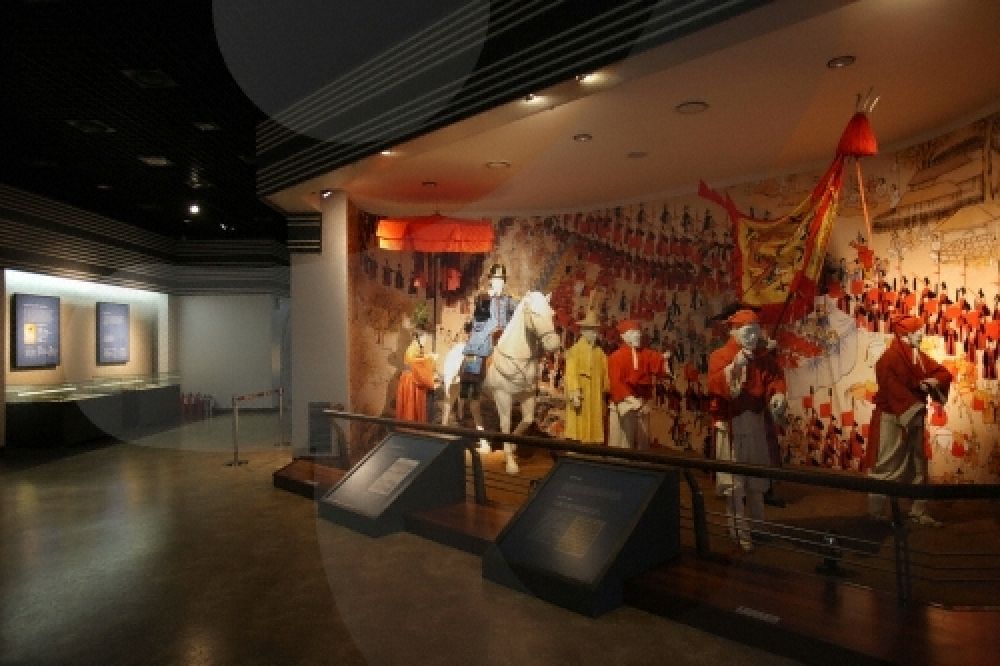

Suwon, a city in South Korea, has long been a significant site because of its rich history and cultural heritage. The establishment of the Suwon Hwaseong Museum was an extension of this cultural importance. The museum, which opened its doors in November 1996, has become an integral part of Suwon's tourism fabric. It was constructed to preserve, exhibit, and educate people about the history and significance of the Hwaseong Fortress, a UNESCO World Heritage site.
The Hwaseong Fortress itself was built from 1794 to 1796 during the reign of King Jeongjo of the Joseon Dynasty. It was erected both as a fortress and a tribute to the king's late father, Prince Sado. The fortress was a frontier in fortress architecture for its time, combining traditional Korean designs with Western architectural techniques.
The development of the Suwon Hwaseong Museum is closely tied to the historical and cultural significance of the fortress. Over the years, tourism has boomed as the fortress gained recognition for its architectural uniqueness and historical value. With increasing numbers of both domestic and international visitors, the museum helps provide educational resources and a contextual backdrop for the site it is dedicated to.
One of the recent trends in tourism within Suwon and at the Hwaseong Museum has been the adoption of digital and multimedia experiences. With the rise of smart tourism, visitors are now offered more interactive experiences through virtual reality (VR) and augmented reality (AR) exhibits. These new technologies bring the history of the Hwaseong Fortress to life in engaging and dynamic ways.
Additionally, the museum hosts various cultural events and festivals, particularly the Suwon Hwaseong Cultural Festival, which allows tourists to experience historical reenactments, traditional music, and other cultural performances. These events contribute to the vibrant and immersive experiences available for those exploring the city's historical sites.
The museum has also seen a shift towards sustainable tourism practices, emphasizing the conservation of the historic site while accommodating increased visitor numbers. There is a growing concern for maintaining the integrity of the fortress and ensuring that tourism activities do not negatively impact the structure or the surrounding environment.
Education-focused tourism is another growing trend, with schools and educational institutes incorporating visits to the museum and fortress into their curriculum. The Suwon Hwaseong Museum provides workshops, guided tours, and educational programs designed to enhance learning for students of various ages.
Overall, Suwon's Hwaseong Museum continues to be a central pillar in South Korea's cultural tourism landscape. By integrating modern technology with cultural heritage and promoting sustainable tourism practices, the museum ensures that the story of Hwaseong Fortress remains relevant and accessible for future generations.